The terpenoids, sometimes called isoprenoids, are a large and diverse class of naturally occurring organic chemicals derived from terpenes. Most are multicyclic structures with oxygen-containing functional groups. About 60% of known natural products are terpenoids.
Plant terpenoids are used for their aromatic qualities and play a role in traditional herbal remedies. Terpenoids contribute to the scent of eucalyptus, the flavors of cinnamon, cloves, and ginger, the yellow color in sunflowers, and the red color in tomatoes. Well-known terpenoids include citral, menthol, camphor, salvinorin A in the plant Salvia divinorum, the cannabinoids found in cannabis, ginkgolide and bilobalide found in Ginkgo biloba, and the curcuminoids found in turmeric and mustard seed.
Many terpenes have biological activities and are used for the treatment of human diseases. The worldwide sales of terpene-based pharmaceuticals in 2002 were approximately US $12 billion. Among these pharmaceuticals, the anticancer drug Taxol and the antimalarial drug Artimesinin are two of the most renowned terpene-based drugs. All terpenoids are synthesized from two five-carbon building blocks. Based on the number of the building blocks, terpenoids are commonly classified as monoterpenes (C10), sesquiterpenes (C15), diterpenes (C20), and sesterterpenes (C25). These terpenoids display a wide range of biological activities against cancer, malaria, inflammation, and a variety of infectious diseases (viral and bacterial). In last two decades, natural-product bioprospecting from the marine environment has resulted in hundreds of terpenoids with novel structures and interesting bioactivities, with more to be discovered in the future. There is no doubt that more terpenoid-based clinical drugs will become available and will play a more significant role in human disease treatment in the near future.
| Cat. No. | 製品名 | CAS No. | Purity | Chemical Structure |
|---|---|---|---|---|
| TN1507 | Clematichinenoside AR | 761425-93-8 | 98% |
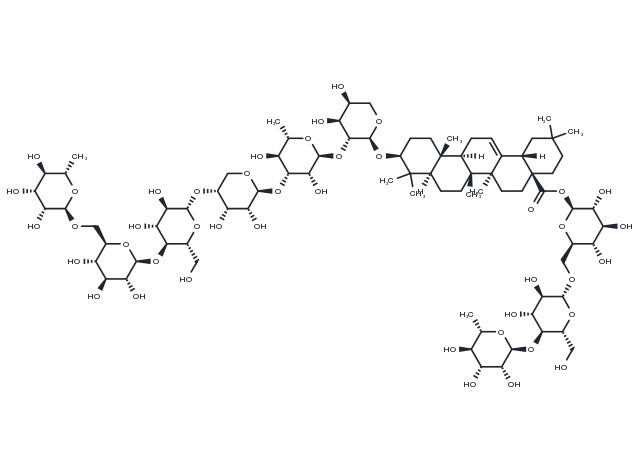
|
| Clematichinenoside AR exerts anti-inflammatory and immunosuppressive properties, it has anti-arthritic effects on PI3K/Akt signaling pathway and TNF-α± associate... | ||||
| TN1641 | (-)-Fenchone | 7787-20-4 | 98% |
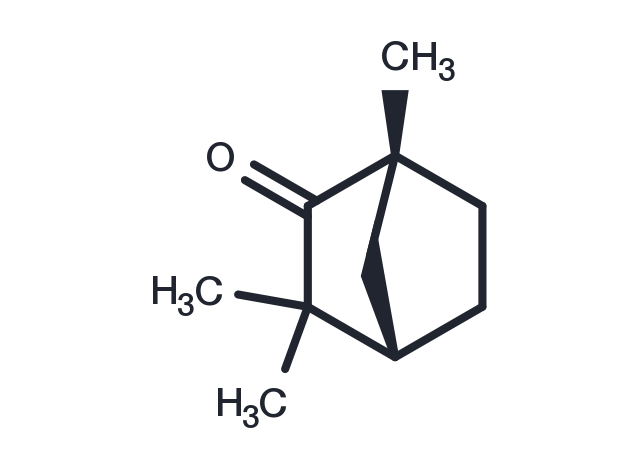
|
| (-)-Fenchone is a bicyclic monoterpenoid widely distributed in plants and can be extracted from Foeniculum vulgare and Peumus boldus. (-)-Fenchone has a wide ran... | ||||
| T3390 | Obacunone | 751-03-1 | 98% |
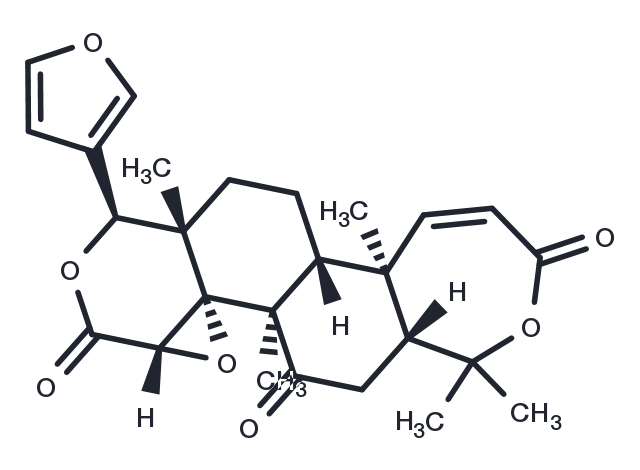
|
| Obacunone has cytotoxicity in androgen-dependent human prostate Y cells. Obacunone exerts an antivirulence effect on S. Typhimurium and may serve as a lead compo... | ||||
| T2S1120 | Ganoderenic acid B | 100665-41-6 | 98% |
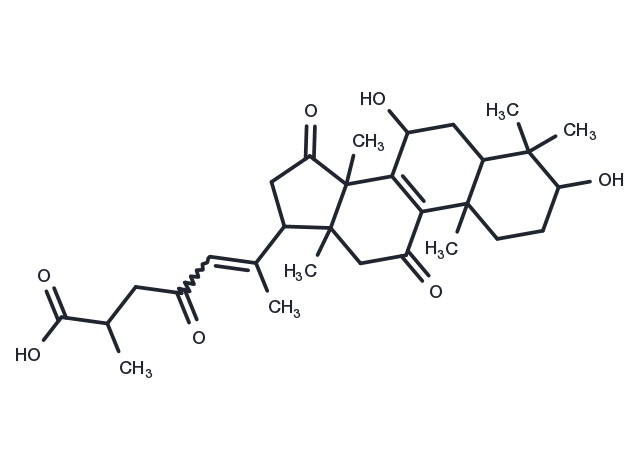
|
| Ganoderenic acid B, a natural product derived from Ganoderma lucidum, can work by inhibiting the transport function of ABCB1 and enhancing the cytotoxicity of ch... | ||||
| TN1219 | 20-Hydroxyganoderic acid G | 400604-12-8 | 98% |
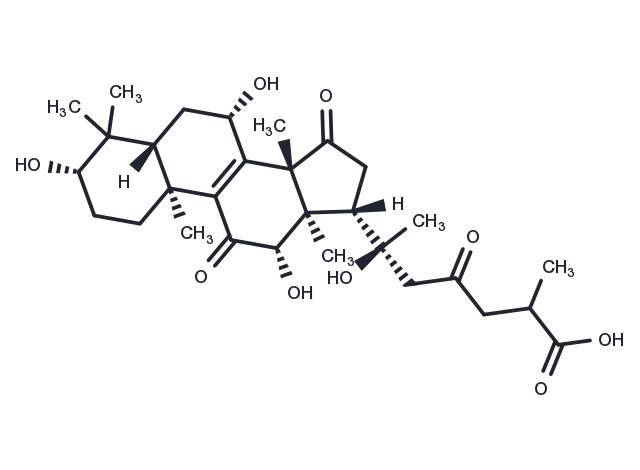
|
| 20-Hydroxyganoderic acid G is a lanosterane triterpenoid obtained from the ethanolic extract of Ganoderma curtisii (Ganoderma curtisii) cotyledons. 20-Hydroxygan... | ||||
| T2S1975 | Ponicidin | 52617-37-5 | 98% |
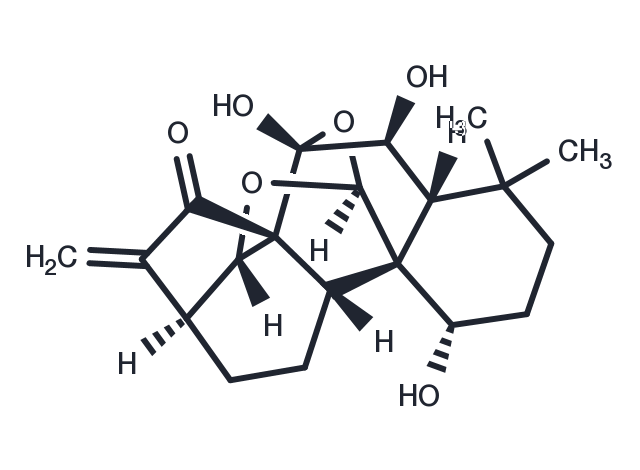
|
| Ponicidin (Rubescensine B) is a diterpenoid derived from Rabdosia rubescens. Ponicidin exhibits immunoregulatory, anti-inflammatory, anti-viral, and anti-cancer ... | ||||
| T3779 | Crocin II | 55750-84-0 | 98% |
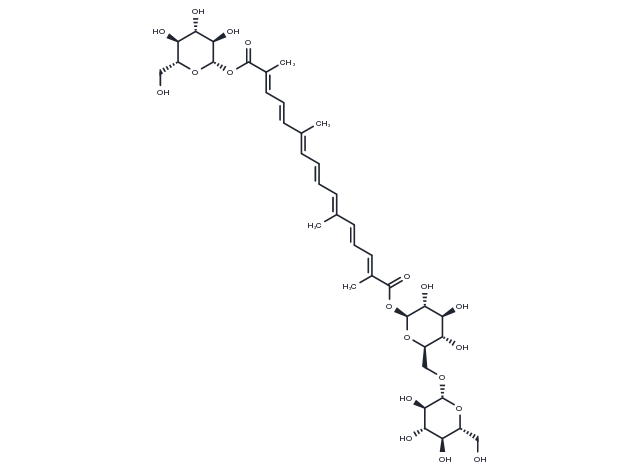
|
| Crocin II (Crocetin gentiobiosylglucosyl ester) has anti-inflammatory and anti-apoptotic effects against gastric ischemia-reperfusion injury in rats, the effect ... | ||||
| TN7228 | 11-oxo-alpha-amyrin | 2118-90-3 | 98% |
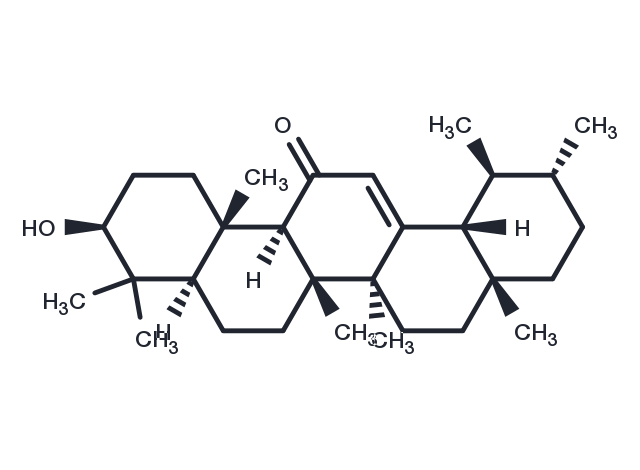
|
| 11-oxo-alpha-amyrin (Neoilexonol) is a triterpene compound extracted from Leonurus japonicus (Lamiaceae) and is a natural compound . | ||||
| TN2138 | Rebaudioside N | 1220616-46-5 | 98% |
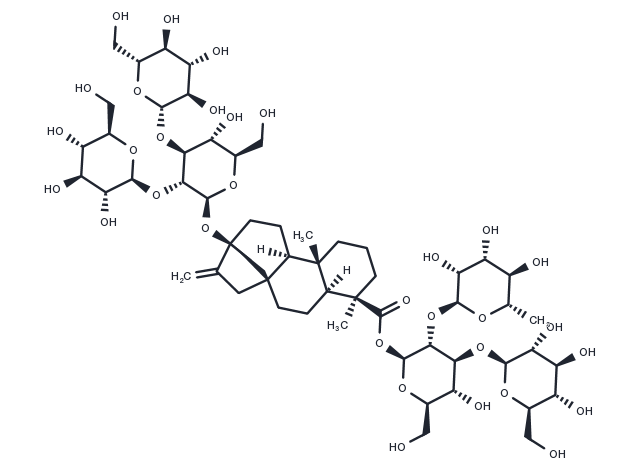
|
| Rebaudioside N is a steviol glycoside isolated from the leaves of Stevia rebaudiana and is used as a food additive. | ||||
| TN2337 | Poricoic acid AM | 151200-92-9 | 98% |
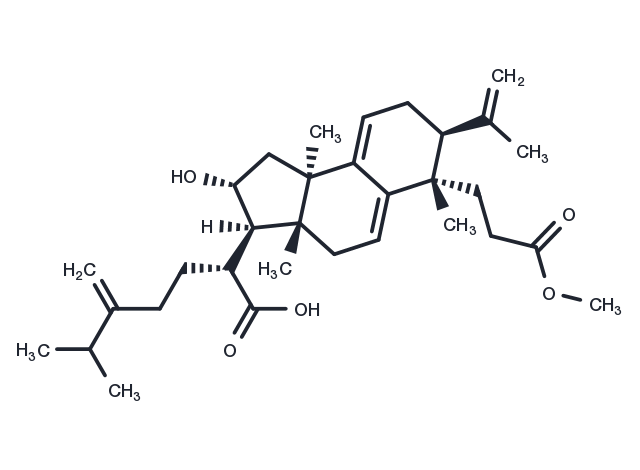
|
| Poricoic acid AM is a triterpenoid compound extracted from Poria cocos, demonstrating anti-tumor activity. | ||||
| TN7227 | 3β-Acetoxyurs-12-en-11-one | 2348-66-5 | 98% |
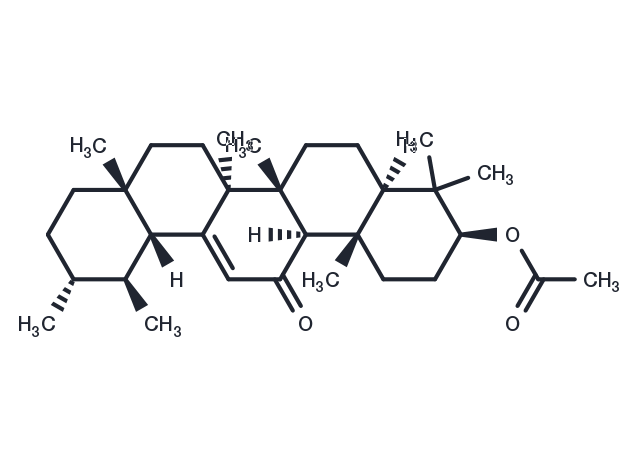
|
| 3β-Acetoxyurs-12-en-11-one (11-Ketoamyrinacetate) is an ursane triterpene natural product found in the stem bark of Morus mesozygia and the leaves of Ficus hirta... | ||||
| TN1149 | 6''-O-acetylsaikosaponin A | 64340-46-1 | 98% |
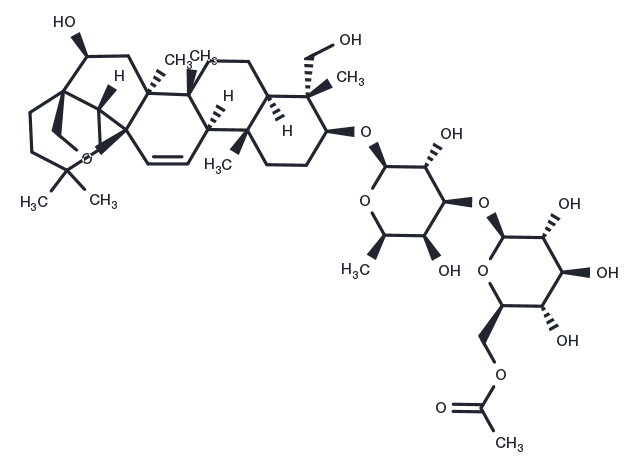
|
| 6''-O-acetylsaikosaponin A is an acetyl saikosaponin isolated from the roots of Bupleurum chinense. Itshows some osteoclast-inhibiting activities | ||||
| TN1866 | Licoricesaponin G2 | 118441-84-2 | 98% |
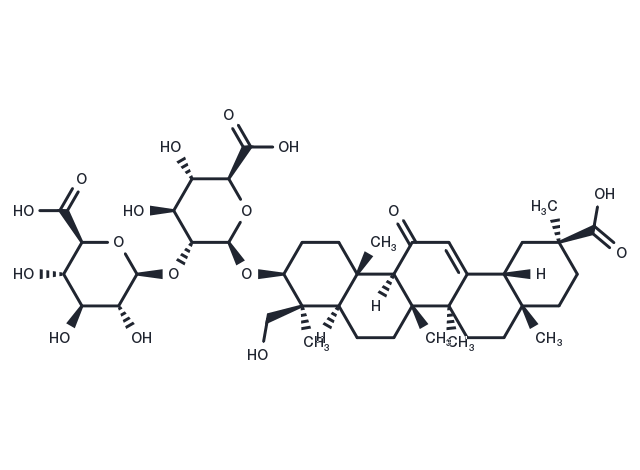
|
| Licoricesaponin G2 is a pentacyclic triterpenoid derived from Glycyrrhiza aspera, which can be used to differentiate crude liquorice from honey-processed liquori... | ||||
| TN2233 | Spathulenol | 6750-60-3 | 98% |
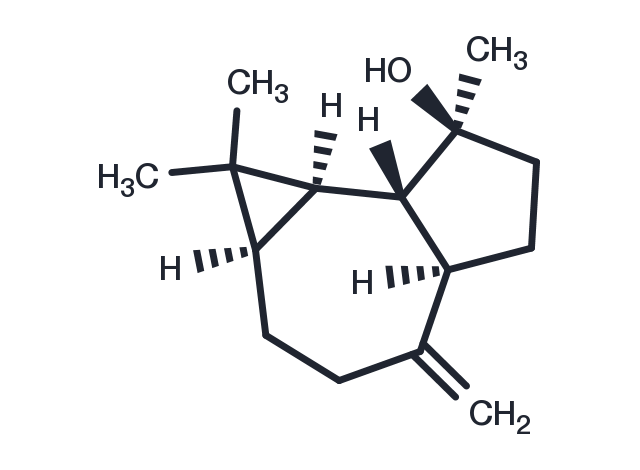
|
| Spathulenol is a natural ingredient from Aristolochia yunnanensis that has anti-inflammatory, antioxidant, anti-proliferation, anti-ulcer and anti-mycobacterium ... | ||||
| TN1880 | Lucidenic acid B | 95311-95-8 | 98% |
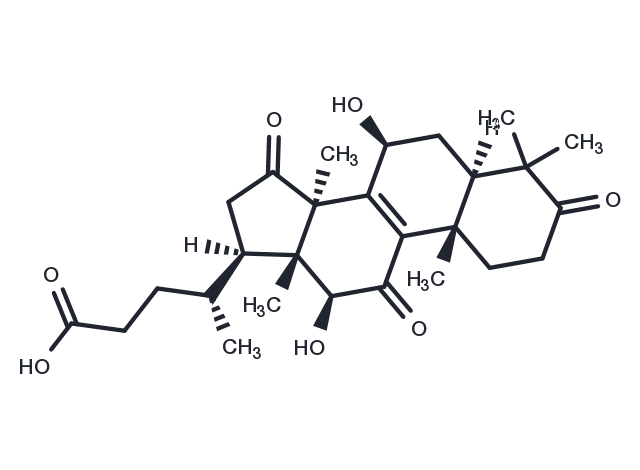
|
| Lucidenic acid B (Lucidenicacid B), a natural compound extracted from Ganoderma lucidum, induces activation of caspase-9 and caspase-3 and cleavage of PARP, whic... | ||||
| T75675 | Nepasaikosaponin K | 405229-61-0 | 98% |
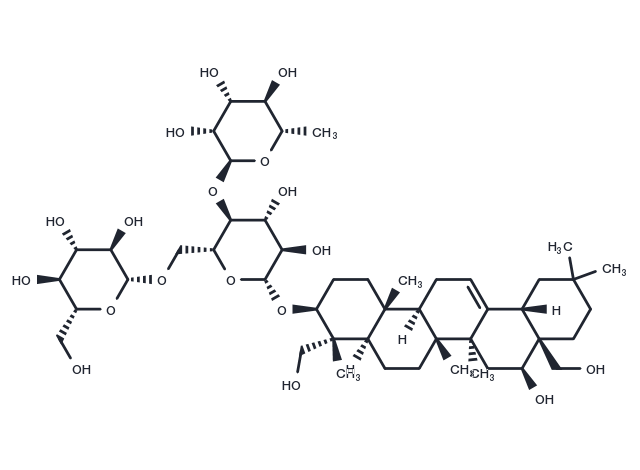
|
| Nepasaikosaponin K is a small molecule compound isolated from Chaikosaponin root with anti-influenza and antiviral activity and can be used in the study of viral... | ||||
| TN1553 | Deacetyl ganoderic acid F | 100665-44-9 | 98% |
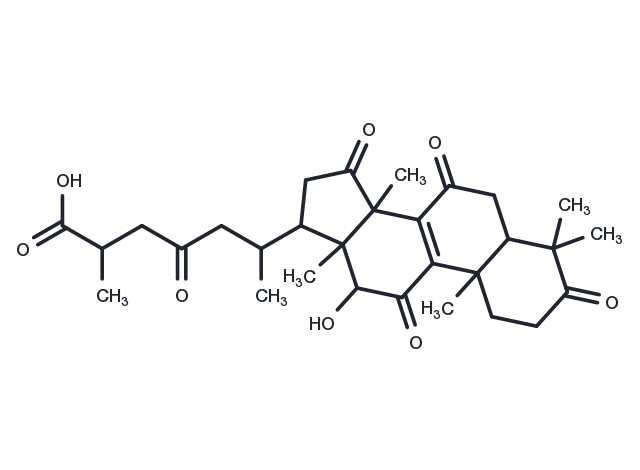
|
| Deacetyl ganoderic acid F (DeGA F), a triterpenoid extracted from Ganoderma lucidum, inhibits lipopolysaccharide (LPS)-induced inflammation in vitro and in vivo.... | ||||
| TN2539 | 1beta-Hydroxyalantolactone | 68776-47-6 | 98% |
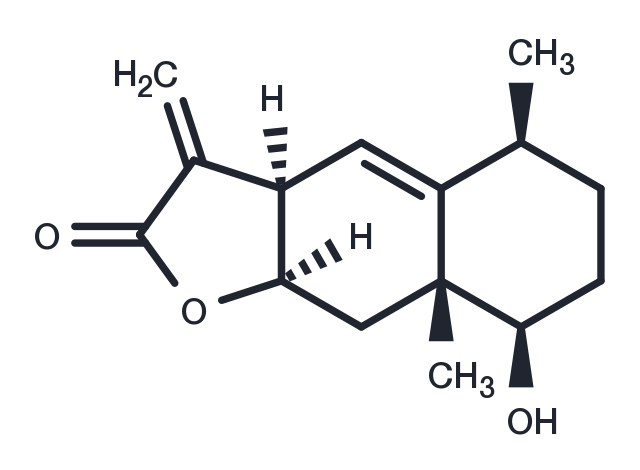
|
| 1beta-Hydroxyalantolactone is a small molecular compound isolated from the flower head of the medicinal plant giant British flower, which can inhibit the express... | ||||
| TN4919 | Rosthornin A | 125164-55-8 | 98% |
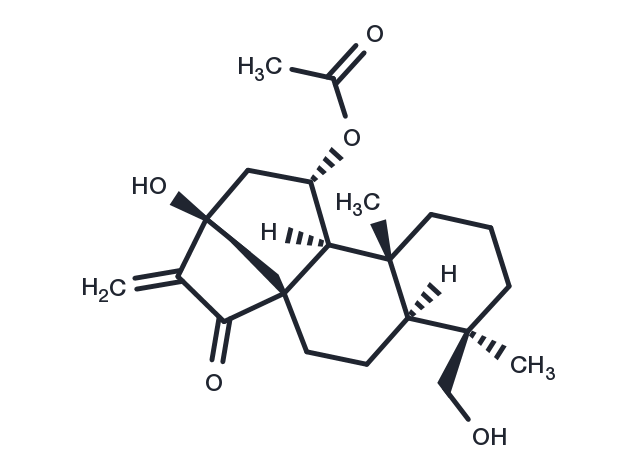
|
| Rosthornin A is a kind of natural product derived from the herbs of Rabdosia rosthornii. | ||||
| T10886 | Crocetine dimethyl ester | 5892-54-6 | 98% |
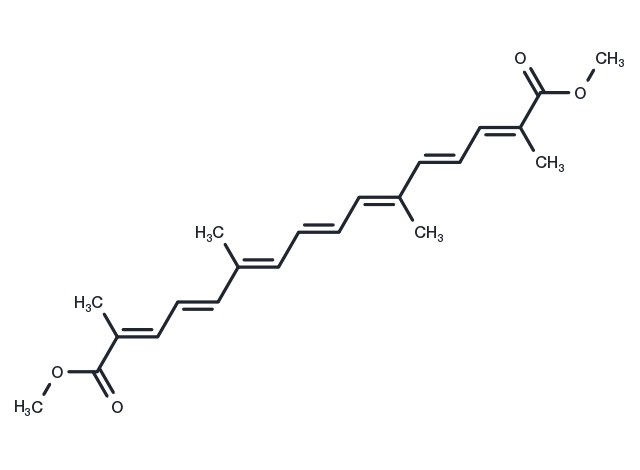
|
| Crocetine dimethyl ester (Dimethylcrocetin) is a saffronin derivative with antioxidant activity, inhibition of AChE activity, and inhibition of cell growth and d... | ||||
